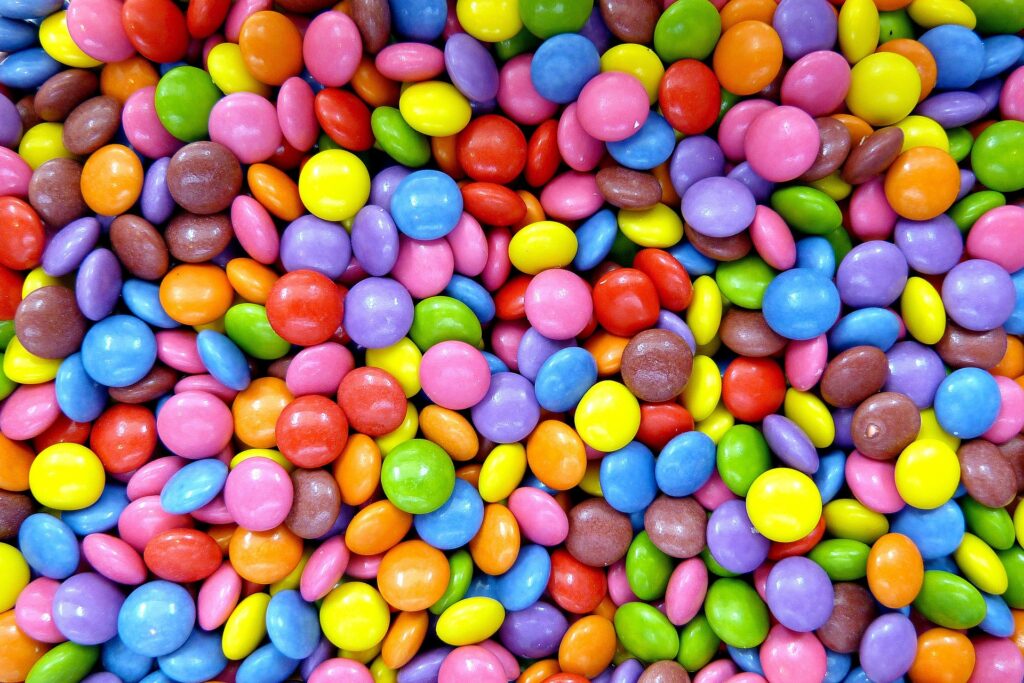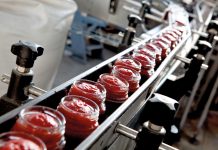 Multivariate calibration used for quick monitoring of the coloring agent in candies.
Multivariate calibration used for quick monitoring of the coloring agent in candies.
The ability to quantify quickly and reliably the coloring agents added to food is essential for the protection of producers and consumers. In this context, the objective of a recent study carried out by a group of international researchers (Abdelghani et al., 2020) was to use partial least squares calibration (PLS) along with UV/vis spectral data to monitor the presence of tartrazine (TAT), sunset yellow (SY), allura red (AR) and brilliant black (BB) in a variety of confectionery products (including candies, lollypops and jellies).
The authors point out that PLS can effectively eliminate spectral overlapping between dyes and uncalibrated food interferences. The performance of the proposed method was then compared with that of conventional liquid chromatography (HPLC). This comparison showed that the values of the relative error of prediction (REP) supplied by PLS are very low, and equal to 1.5, 2.3, 2.7 and 3.4% respectively for BB, SY, TAT and AR.
Furthermore, the detection limits were 0.08, 0.09. 0.21 and 0.26 mg/L, respectively, for TAT, BB, SY and AR. In conclusion, the proposed approach can be used to detect possible adulteration events in the confectionery industry, much faster and more cost-effectively than the traditional HPLC analysis.
Assessment of the quality of candies enriched with rosemary extract
Sugar candies healthiness is being questioned due to its high content in assimilable carbohydrates and low content in fibres, proteins, vitamins or antioxidants. In this context, a recent study carried out by a group of Spanish researchers (Cedeño-Pinos et al., 2020) proposed the enrichment with rosemary extract as possible strategy to improve the nutritional properties of these products. In particular, the test was carried out on samples of jelly candies based on fructo-oligosaccharides, inulin and stevia.
The latter were added with two aqueous rosemary extracts containing (RE) containing 73.9 (RE74) and 145.6 (RE146) mg polyphenols per g fresh weight. In these extracts were identified 4 phenolic acids, 7 flavonoids and 4 diterpenes. The study established the threshold of sensory detection at 0.26 g RE146/kg of raw candy, below which rosemary off-flavours were avoided without altering consumer acceptance of the product.
In these conditions, increases of the polyphenol content from 197 to 411 µg GAE/g and of the antioxidant capacity from 1.77 to 4.14 µmol Trolox/g were observed. Finally, the bioactive compounds of the extracts resulted in being resistant to cooking, and showed good interaction with the other jelly other ingredients. In conclusion, the enrichment proposed can be usefully used in the confectionery industry to obtain jelly candy formulations with higher oxidative stability and nutritional quality.
References: J.I. Abdelghani et al., Arabian Journal of Chemistry, 13, 2020, 4228-4236; Cedeño-Pinos et al., Antioxidants, 9, 2020, 1-16.



